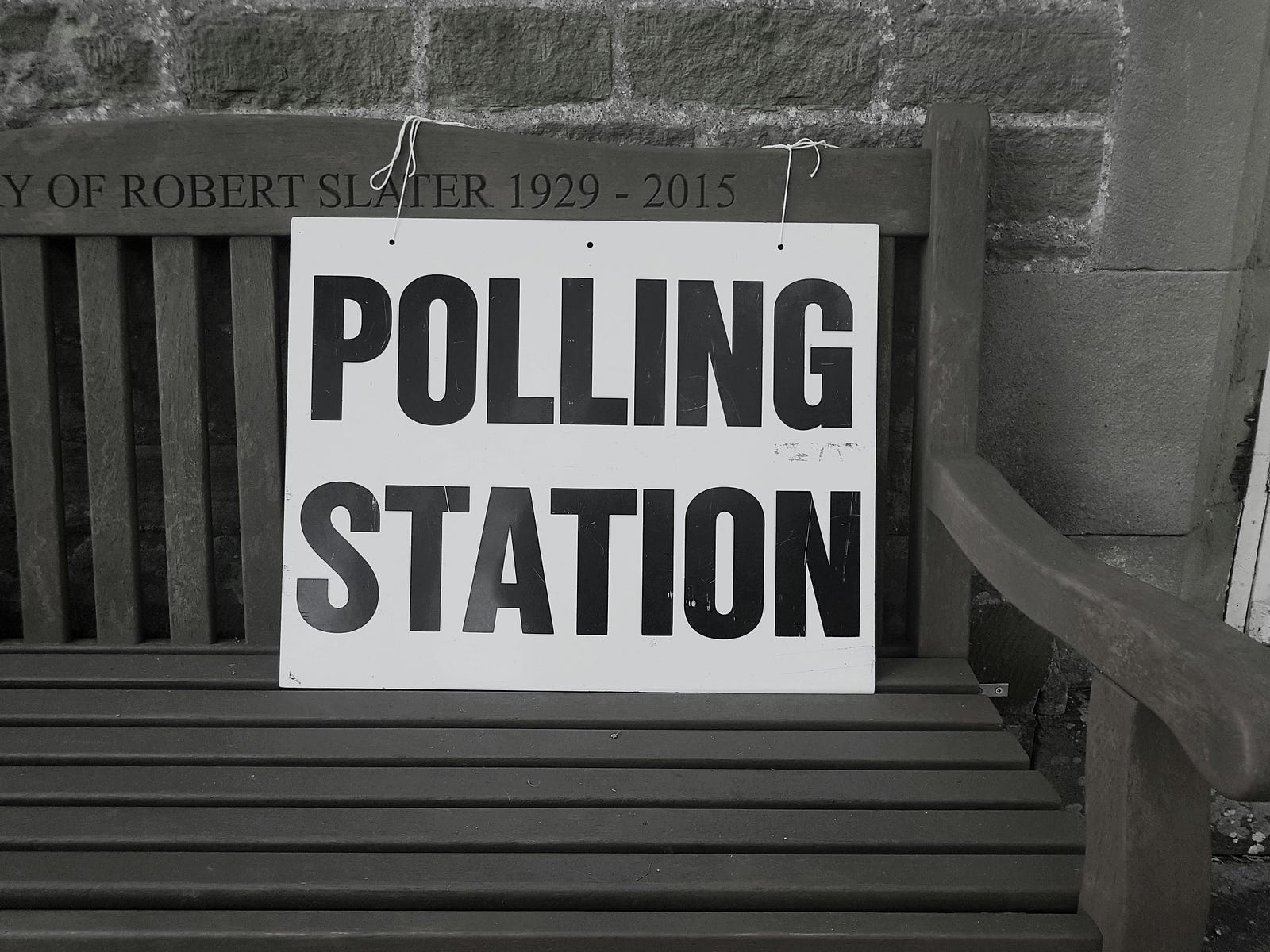Did TV make you go to the ballot?
Exploring Television's Impact on Voter Turnout in the 2016 EU Referendum
While working on my PhD thesis, I found myself intrigued this morning by whether individuals who consumed specific news sources were more inclined to turnout and vote in the 2016 EU Referendum. Therefore, I conducted a brief analysis comparing the impact of television, internet (excluding online newspapers), newspapers, and radio news consumption on the likelihood of individuals who initially expressed low likelihood of voting in the EU Referendum actually casting their vote. The question of whether information sources affect voter turnout is certainly not new. Cheng-Matsuno et al. (2023) conducted an experiment in the UK, demonstrating that text messages sent by a local authority successfully increased voter registration and contributed to a notable increase in turnout. Gerber et al. (2009) found evidence that newspaper exposure can affect voting turnout rates. Gentzkow (2006) examined the introduction of television in the 1950s in the US, finding a significantly negative effect on voter turnout. However, as far as I know, no one has specifically examined the impact of media exposure on turnout in the EU referendum. To investigate this, I categorized the aforementioned news sources into binary variables: 0 indicating non-use for following news about politics or current affairs during the campaign period, and 1 indicating use of the medium for following news during the referendum campaign. For this analysis, I used survey data from the British Election Study (BES) Internet Panel conducted by YouGov. The data spans from Wave 7 (April 14, 2016, to May 4, 2016) through Wave 9 (June 24, 2016, to July 4, 2016), encompassing the period immediately before and after the EU Referendum held on June 23, 2016. To estimate a causal relationship, I employed a quasi-experimental research design. I used pre-referendum survey data to ascertain voter turnout intentions, measured news media consumption during the campaign period, and then examined the actual turnout post-referendum. This chronological separation ensures clarity in establishing cause and effect. This approach allows for a robust analysis of whether and how different news media influenced voter turnout during a pivotal referendum, shedding light on the dynamics between media consumption and political participation. To examine the influence of news consumption from various media sources on participants' voting behaviour, I conducted logistic regressions to model turnout.
Table 1 presents the findings from two logistic regression models: Model 1 predicts turnout in the referendum without considering pre-campaign intentions, while Model 2 assesses the likelihood of voting while controlling for initial turnout intentions. Both models include age and educational attainment as key control variables. It's important to note that future research should aim to validate these results using more comprehensive models with additional controls.

The results from Model 2 indicate that among all four media types, only television consumption shows a statistically significant effect. Hence, the results suggest that using television news during the campaign period increased the likelihood of voting in the Brexit referendum, even among those who initially did not intend to vote, suggesting a mobilizing effect of television on turnout-an interesting conclusion that should be validated and further investigated by future research. However, it is important to note that although the coefficient for television is statistically significant, the effect size and the predicted marginal effects are relatively small. Figure 1 displays the coefficients of Model 2 for all four news sources, accompanied by their respective 95% confidence intervals.

All media types have positive estimates, however, none of the other news sources exhibit a statistically significant effect on turnout. The control variables, though not the focus of this analysis, demonstrate expected results: older age and higher levels of education increase the likelihood of voter turnout in the referendum. Please note that this analysis is intended as a preliminary investigation to determine if there are larger implications worth exploring. Further research in this field would be necessary to draw conclusive answers. It's also important to acknowledge the limitations of this study, particularly the relatively small percentage of BES survey respondents who indicated they were unlikely to vote in the referendum compared to those who stated they intended to vote. Therefore, employing a small events model may be an appropriate model for robustness and could be undertaken to validate the initial findings presented above.
Conclusion
This study uncovered insights into the relationship between news consumption and voter turnout during the 2016 EU Referendum. Specifically, television news consumption significantly increased voter participation, including among those initially disinclined to vote, indicating a mobilizing effect of television during electoral campaigns. In conclusion, while this analysis offers initial evidence of television's role in mobilizing voter turnout, continued exploration is essential to fully understand the broader implications and mechanisms at play in electoral behaviour.
References
Cheng-Matsuno, V., Foos, F., John, P., & Unan, A. (2023). Do text messages increase voter registration? Evidence from RCTs with a local authority and an advocacy organisation in the UK. _Electoral Studies_, _81_, 102572-. https://doi.org/10.1016/j.electstud.2022.102572
Gentzkow (2006) examined the introduction of television in the 1950s in the US to determine its impact on voter turnout, finding a significantly negative effect.
Gerber, A. S., Karlan, D., & Bergan, D. (2009). Does the Media Matter? A Field Experiment Measuring the Effect of Newspapers on Voting Behavior and Political Opinions. _American Economic Journal. Applied Economics_, _1_(2), 35–52. https://doi.org/10.1257/app.1.2.35
📰 Subscribe for more posts like this: Medium | Clemens Jarnach ⚡️
